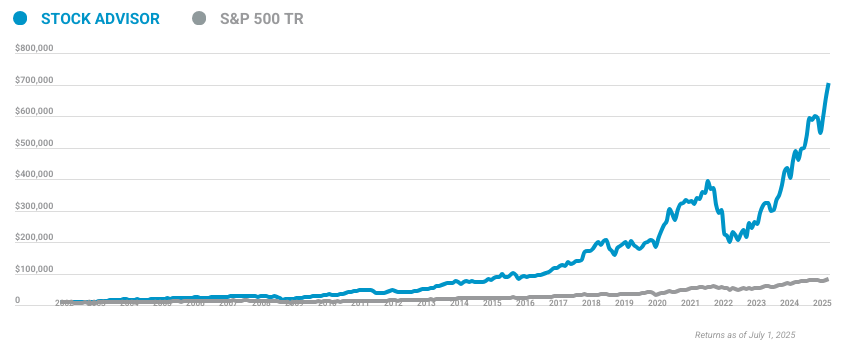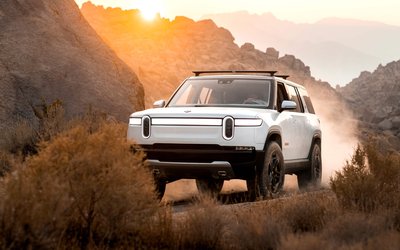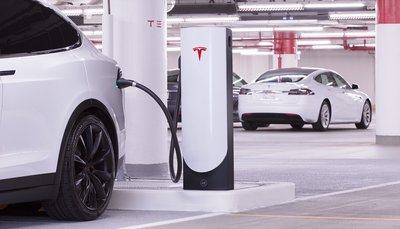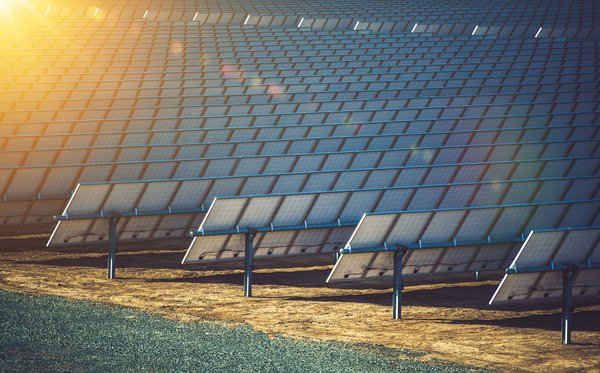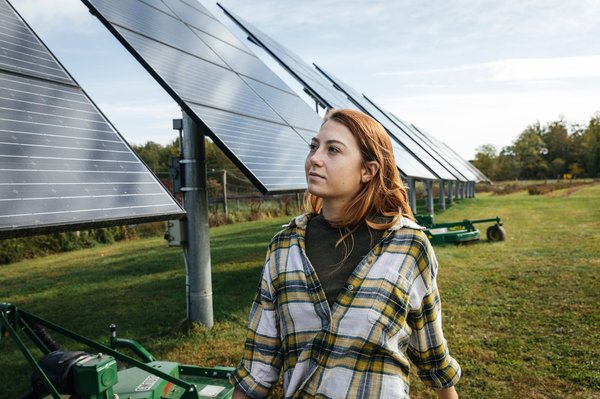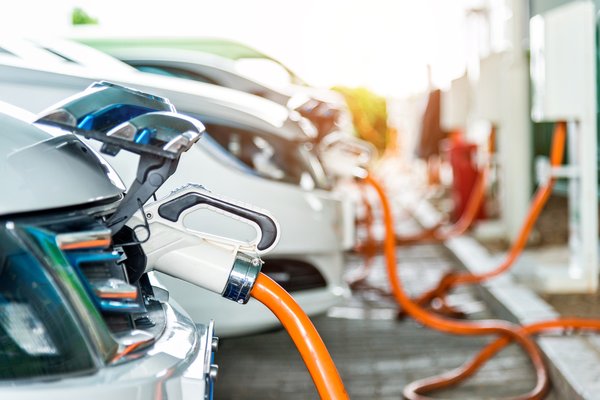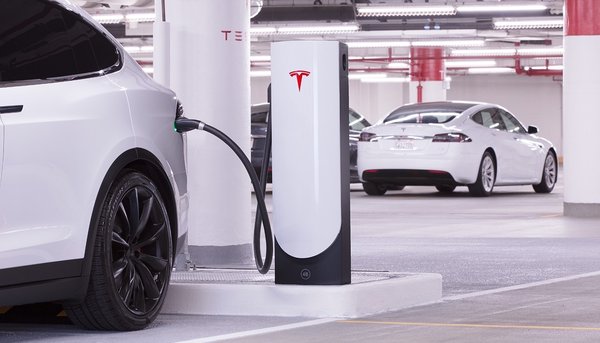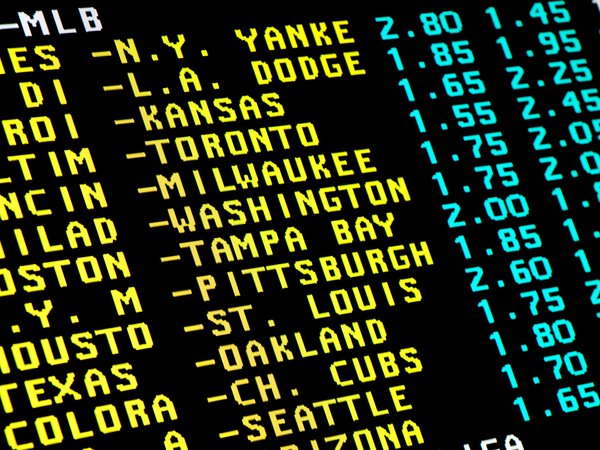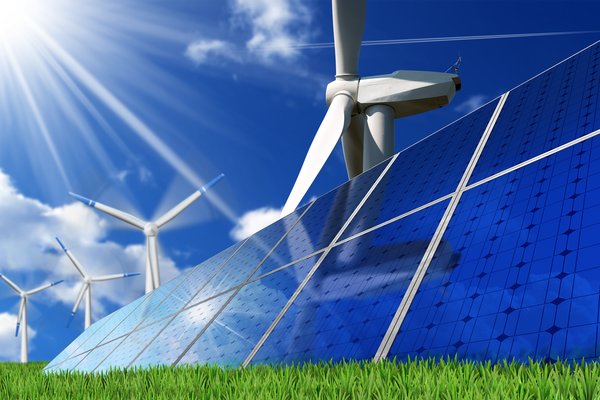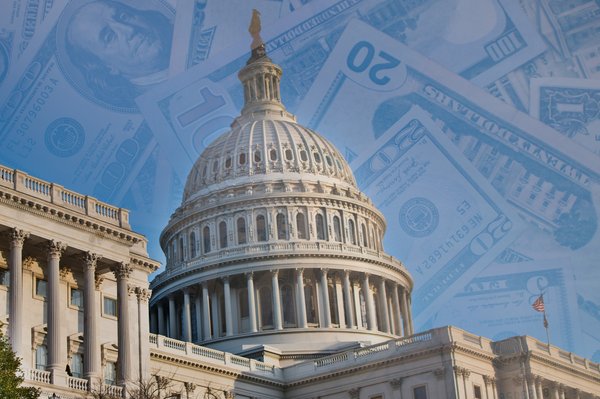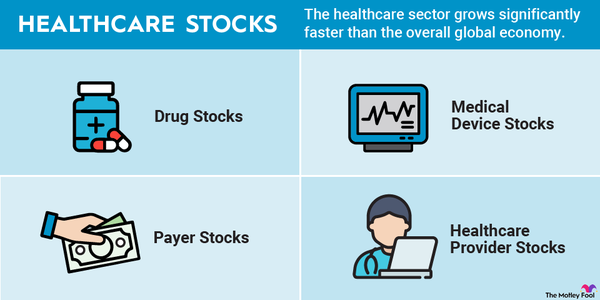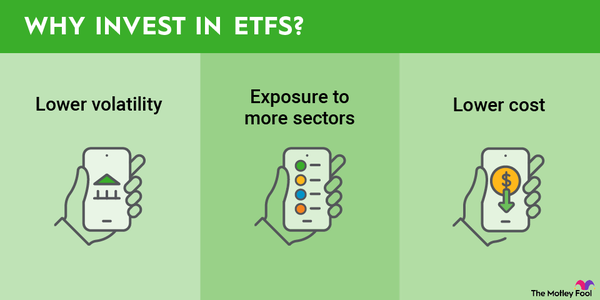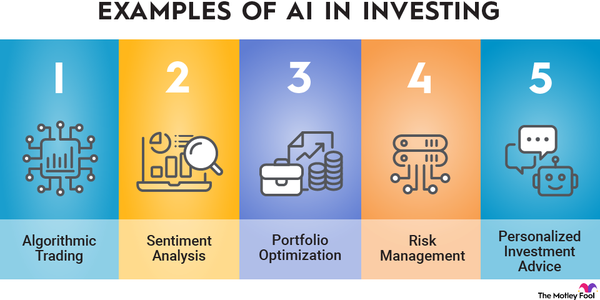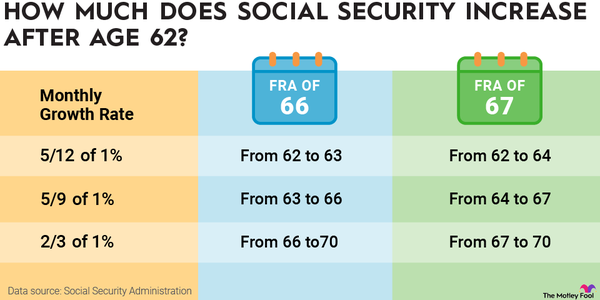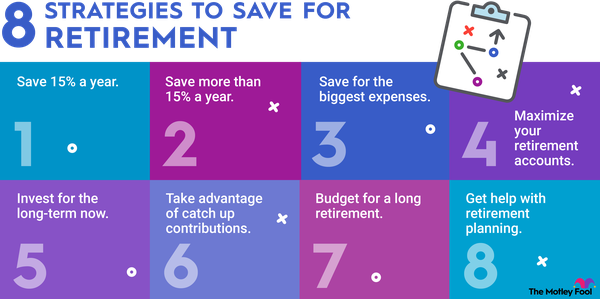With over 3.5 million electric vehicles (EVs) on the road and more projected to be sold every year, there’s growing demand for convenient EV charging across the United States. As of December 2024, there are 69,004 EV charging stations with 193,583 charging ports across the country.
However, they’re not evenly distributed across all 50 states or even within each state. And a few companies have begun to dominate the EV charger network market.
Read on for a full rundown of EV charging station data.
EV Chargers by State
EV Chargers by State
California is home to 16,555 EV charging stations that hold a total of 48,661 EV chargers. That’s 24% of all EV charging stations and 25% of EV charging ports in the United States. No other state comes close to matching that amount of EV charging infrastructure.
One reason California has built so many EV chargers is because it has the most EVs on the road -- by far. Over 1.25 million EVs are registered there.
Florida and Texas are a distant second and third in EV registrations, with nearly 255,000 registered in Florida and 230,000 registered in Texas. Those states are ranked third and fourth in number of EV charging stations and EV charging ports. New York has the second most charging stations (4,519) and chargers (15,809).
The four states with the fewest EV chargers also have the fewest EVs registered. Those states are:
- North Dakota: 111 stations with 312 chargers. 959 EVs registered.
- Wyoming: 107 stations with 271 ports. 1,080 EVs registered.
- South Dakota: 104 stations with 237 chargers. 1,675 EVs registered.
- Alaska: 65 stations with 139 chargers. 2,697 EVs registered.
Cities with the most EV chargers
Cities with the most EV charging stations
The top two cities measured by number of charging stations are in California: Los Angeles and San Diego. Los Angeles alone accounts for nearly 10% of California’s EV charging stations. The stations LA, San Diego, and Irvine - the city with the fourth-most EV charging stations - together compose 18% of California’s EV charging stations. One other city in California cracks the top ten: San Jose.
No other state has more than one city in the top 10 cities by count of EV stations or chargers.
Cities with the most EV charging ports
Los Angeles and San Diego also top the list of cities with the most EV charging ports. New York City rounds out the top three cities by number of EV plugs.
Those two cities have some of the largest EV stations measured by the number of chargers available. In San Diego, the Scripps Research Lab public lot has 84 EV chargers -- the most chargers in any one spot aside from a Tesla Supercharger site in Quartzsite, Arizona, which also has 84 chargers. A pair of parking structures that serve the Century Plaza Towers in Los Angeles hold 80 charging ports each.
Largest EV charging networks
Largest EV charging networks
ChargePoint has the largest network of EV chargers in the United States with 37,072 stations housing 66,811 chargers. That said, just 5% of ChargePoints chargers are DC Fast Chargers, which are the only viable option for a somewhat quick stop on a road trip. The rest are Level 2 chargers. DC Fast Chargers can provide 150 miles of range in mere minutes, while a Level 2 charger takes closer to 6 hours to provide that same range.
ChargePoint isn’t alone. Most EV charger networks heavily favor Level 2 chargers over DC Fast Chargers.
There are a few notable exceptions, the most well-known being the Tesla Supercharger Network composed of more than 2,400 stations offering nearly 29,000 Superchargers, which are a type of DC Fast Chargers. Tesla also operates a separate Tesla Destination network of Level 2 chargers.
Electrify America and EVgo are the only other large EV charging networks to offer more DC Fast Chargers than Level 2 chargers.
Where EV chargers are most commonly found
Where EV chargers are most commonly found
EV chargers are most commonly found at hotels, car dealerships, parking lots, and shopping centers.
Access to different charger types -- and therefore faster charging -- varies by location. Ninety percent of chargers found at hotels are the slower Level 2 chargers, perfect for guests who have time to charge their cars overnight.
On the other hand, 93% of chargers found at shopping centers are DC Fast Chargers, which will top up an EV over the course of a trip into the mall. Nearly all chargers at gas stations, some 98%, are DC Fast Chargers as well.
In data collected by the Department of Energy, the vast majority of EV charging stations are not classified by facility type.
What’s next for EV charging companies
For EVs to truly become the mainstream automobile type of choice for most consumers, they’ll need to match gas-powered cars on range and refueling convenience. That means more EV chargers (particularly DC Fast Chargers) will need to be built, and the range offered by EV batteries will need to improve.
Surveys show that the top speed bumps for drivers when it comes to EV adoption are range anxiety and the ability to charge their vehicle quickly and at convenient locations.
That sentiment, along with the Department of Energy’s projection that 182,000 fast chargers will be necessary by 2030 to support anywhere from 30 million to 42 million EVs, suggests that the ability to quickly stand up a reliable EV charging network is a make-or-break issue for the industry.
However, the EV charger market faces some uncertainty. Tesla has begun to open up its Supercharger network -- which accounts for 59% of all DC Fast Chargers -- to other automakers. But in May 2024, Tesla announced plans to lay off its team in charge of EV chargers. That’s led to questions over how quickly it will continue to build out the Supercharger network that competitors hope to make use of.
What is clear is that plenty more EV chargers are needed if the industry is to take off.
Methodology
Data is sourced from the Department of Energy Alternative Fuels Data Center as of December 2, 2024. The data used for this article includes Level 2 and DC Fast Chargers open to the public from all charging networks. This article refers to EV charging stations and EV charging ports. Charging stations can house one or more charging ports.
Sources
- Department of Energy (2024). “Electric Vehicle Charging Station Locations.”

